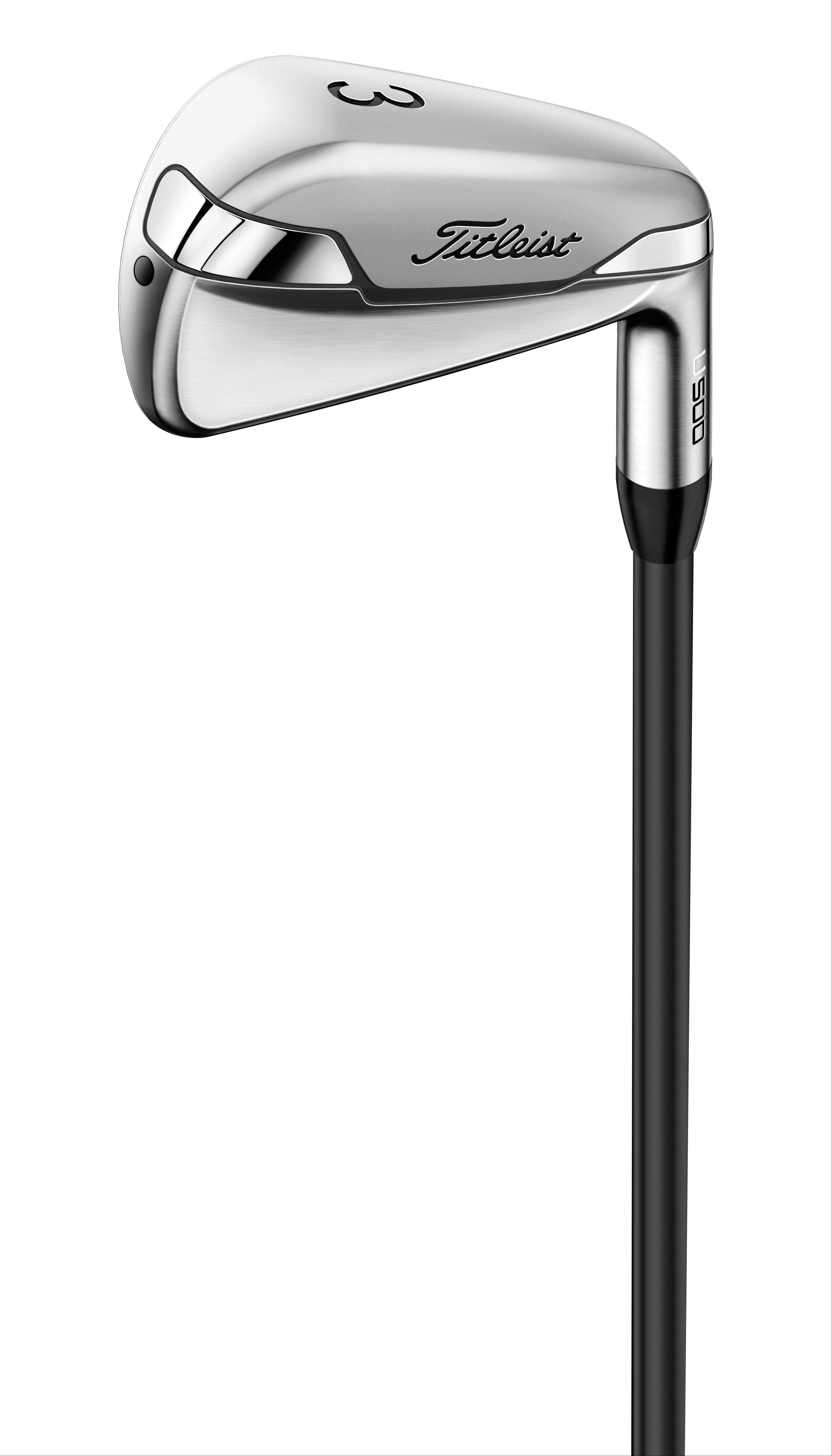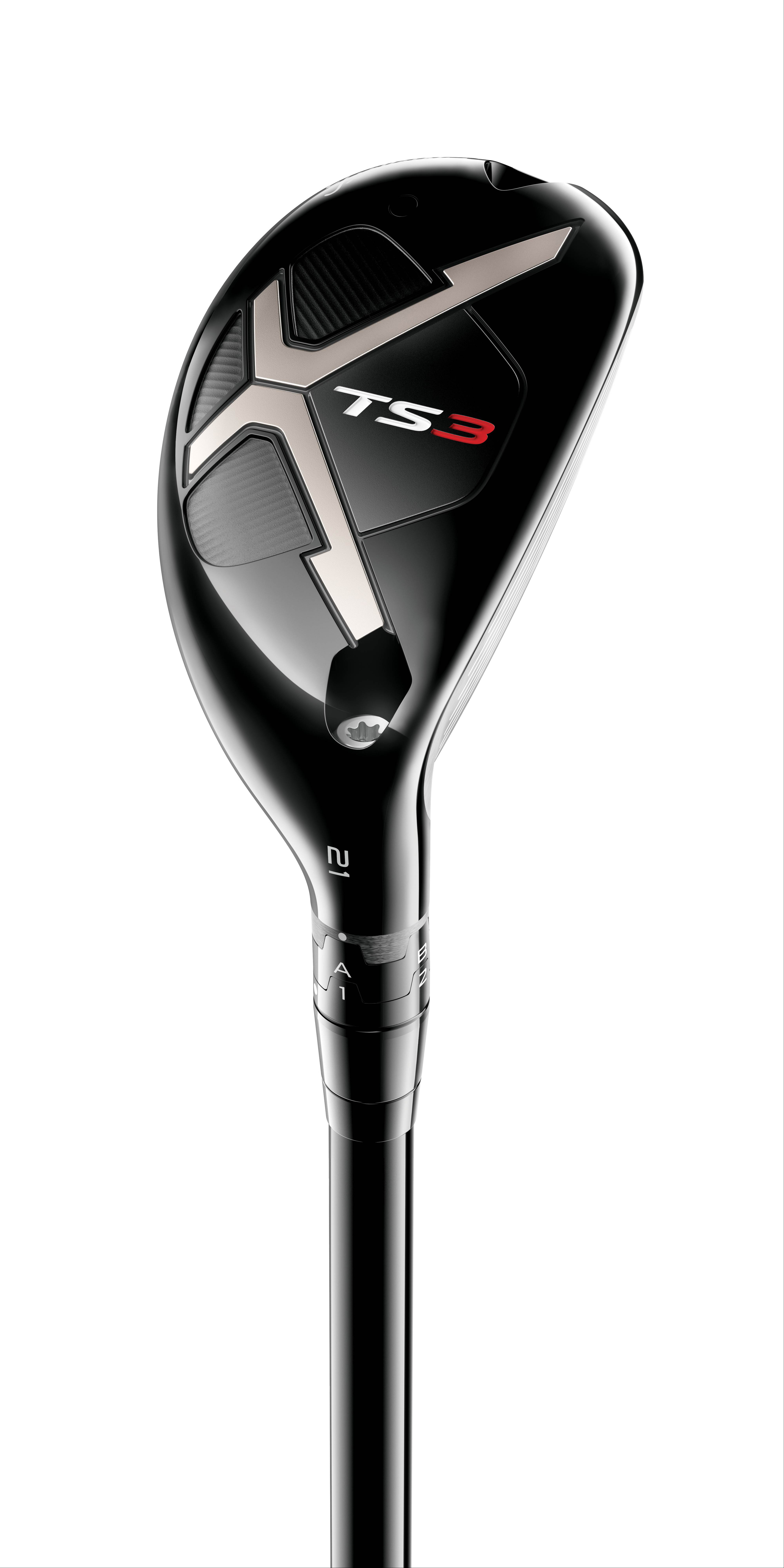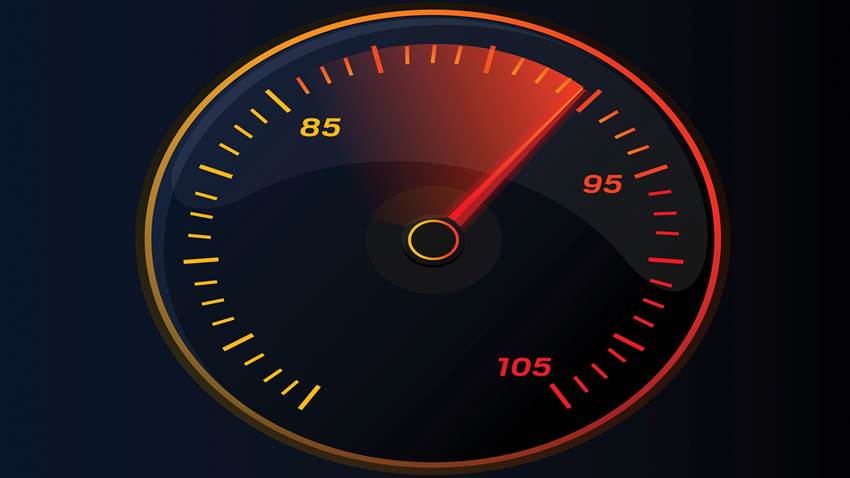There have never been more options when it comes to choosing the clubs for the top of your bag ... Here’s how to make sure you get it right.
EQUIPMENT/THE TEST
If your swing is around … 105mph … You’re likely a decent golfer who could well get the best from a modern utility iron.
Congratulations, you’re one of only 22 percent of male amateur golfers who have a swing speed over 101mph.
TrackMan researched the average male golfer and found a direct link between club speed and handicap. So if you swing the driver at 105mph it’s likely your handicap will be closer to single figures than the teens. And all that speed and velocity, plus a downward attack angle, makes it possible to launch lower-lofted long irons from the deck.
IRONS
It’s no surprise at this swing speed golfers are more likely to have a 4-iron in the bag (thanks to their shorter shafts, irons are more accurate). It’s not uncommon to have a specialist utility or driving iron as a driver replacement, too, which comes into play when accuracy from the tee takes precedence over distance.
 Hollow body utility long irons are a growing trend, as their internal cavity improves forgiveness over traditional blade irons. Models like the Titleist U•500, which are specifically tailored to increase ball flight control as they deliver a powerful penetrating ball flight.
Hollow body utility long irons are a growing trend, as their internal cavity improves forgiveness over traditional blade irons. Models like the Titleist U•500, which are specifically tailored to increase ball flight control as they deliver a powerful penetrating ball flight.
RIGHT: It’s not uncommon to have a specialist utility or driving iron as a driver replacement at this speed.
Think very carefully about the types of courses you play and which shots are demanded from each set up. Pros often flit between driving irons and fairway woods at The Open, basing their decision on the conditions and also how they intend to play the golf course. Long and utility irons can be better for lower flighted shots which run out further, but aren’t great for carrying hazards and stopping shots quickly.
Give serious consideration to looking at irons as individuals, too. It means you can choose your exact mid and long iron set-up, and PING, Mizuno and Titleist all sell irons separately. Also look at combo sets. TaylorMade’s P760s offer a little extra playability (hollow heads and fast face tech) in the mid and long irons but are also great looking compact, one-piece forged heads in the shorter irons.
HYBRIDS
A recent poll asked which long game club golfers preferred; 64 percent opted for hybrids over long or utility irons or fairways (18 percent preferred fairways, 12 percent preferred traditional long irons with six percent preferring utility irons), so you’re in good company if your preferred choice is a hybrid. Your extra club speed is highly likely to be more suited to narrower bodies unless your specific taste is for wider models.
 Narrow bodies spin less, which is likely to improve control in the right hands. Look for clues in shaft weights as to who each is model aimed at.
Narrow bodies spin less, which is likely to improve control in the right hands. Look for clues in shaft weights as to who each is model aimed at.
RIGHT: Titleist TS3: $425. Lofts: 19°, 21°, 23° and 25°.
Lighter, livelier shafts “pop” shots up into the air where heavier models often drive shots forward instead of upwards. Titleist’s TS3 hybrid is a decent low-spin option.
FAIRWAY WOODS
It’s not uncommon for top players like Rory and Tiger to carry two fairway woods in their bags and their usual set up is a stronger 3-wood and higher lofted 5-wood. If you can find a low-lofted fairway which you’re confident launching from both the deck and tee (as a driver replacement) in a single club, you’re laughing. It’s likely to bring par-5s into range in two and gives a reliable teeing off club when under pressure.
Seriously consider adjustable hosel models, like Mizuno’s ST190 3TS. The adjustability not only lets you play with specific yardage gaps, but also to set up how the club looks at address.
If you go with a two fairway set-up, make sure there’s a definitive yardage difference between them and ensure you have the gap covered between 5-wood and your next shortest club, whether that be an iron or hybrid. And if you hit 3-wood for safety, it really shouldn’t go as far as your driver.
ALSO CONSIDER …
- PING G410 Crossover irons: $389. Available in 2-iron, 3-iron and 4-iron.
- Mizuno MP-20 HMB irons: $289. Available in 2-iron to pitching wedge.
- Titleist TS2 hybrids: $425. Available in 17 to 29-degree lofts.
- Callaway Apex hybrids: $419.99. Available in 18 to 24-degree lofts.
- Mizuno ST190 fairway woods, from: $399. Available in 13 to 18-degree lofts.
- PING G410 LST fairway woods: $499. Available in 3 to 14.5-degree lofts.
GAP YOURSELF
Knowing how far you hit every club in your bag – and how much you can take off each with a three-quarter swing – is absolutely essential, particularly as golfers rely on GPS or laser yardages like never before. But you don’t have to spend time getting custom fitted or working on a range to understand your gapping, and how far you hit each club.
Shot-tracking can work it all out for you, and do it while you play. Arccos and Shot Scope are our favourite shot trackers; once you’ve played a handful of rounds, the systems average exactly how far you hit each club. Alternatively you could get your hands on Garmin’s new Approach G80 which isn’t just a GPS handheld, it’s a portable launch monitor, too.
A typical long game set-up at this speed might look like this:
Driver: 10°
Fairway: 15°
Utility iron: 19°
4-iron: 22.5°
Related Articles

2025 Christmas Gift Guide
.jpg&h=172&w=306&c=1&s=1)
Tested: Titleist T-Series irons












